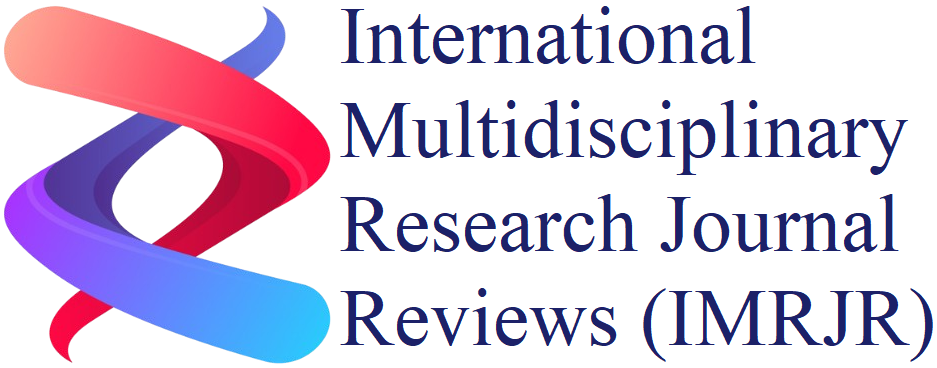Abstract:
In this paper, we design a digital DSSS System using Cyclone II EP2C20F484C7 FPGA from ALTERA placed on education and development board DE-1 for the DSSS system with the transmitting and receiving sections according to the following parameters:
-Clock frequency of the system 10 KHz.
-Length of spreading pseudo-noise code (PNC): is 16 chips.
Type generation of spreading code: Walsh codes (H16).
-Length of data bit: is 2bits with 16 chips for every one bit.
-spread operation: X
-Number of users: is four
-User 1 with Data (00) and pseudo-noise code:
Code 1=[ 1111111111111111]
1→+1 ,0→-1⟹ Code 1=[ 1111111111111111]
-User 2 with Data (01) and pseudo-noise code:
Code 2=[ 1010101010101010]
1→+1 ,0→-1⟹ Code 2=[ 1 -1 1 -1 1 -1 1 -1 1 -1 1 -1 1 -1 1 -1]
-User 3 with Data (10) and pseudo-noise code:
Code 3=[ 1100110011001100]
1→+1 ,0→-1⟹ Code 3=[ 1 1 -1 -1 1 1 -1 -1 1 1 -1 -1 1 1 -1 -1]
-User 4 with Data (11) and pseudo-noise code:
Code 4=[ 1001100110011001]
1→+1 ,0→-1⟹ Code 4=[ 1 -1 -1 1 1 -1 -1 1 1 -1 -1 1 1 -1 -1 1]
These codes must be orthogonal to each other, so they are chosen according to Welch's codes via the HADAMARD matrix, for a 16-bit codes, the H16 array should be chosen.
Keywords: CDMA, DSSS, Walsh Codes, PNC, PNCG, FPGA.
Download:
![]() |
DOI:
10.17148/IMRJR.2025.021001
|
DOI:
10.17148/IMRJR.2025.021001
[1] Dr. Kamal Aboutabikh, "Design And Implementation Of a Digital Direct Sequence Spread Spectrum (DSSS) System For Four Users Using FPGA," International Multidisciplinary Research Journal Reviews (IMRJR), 2025, DOI 10.17148/IMRJR.2025.021001

